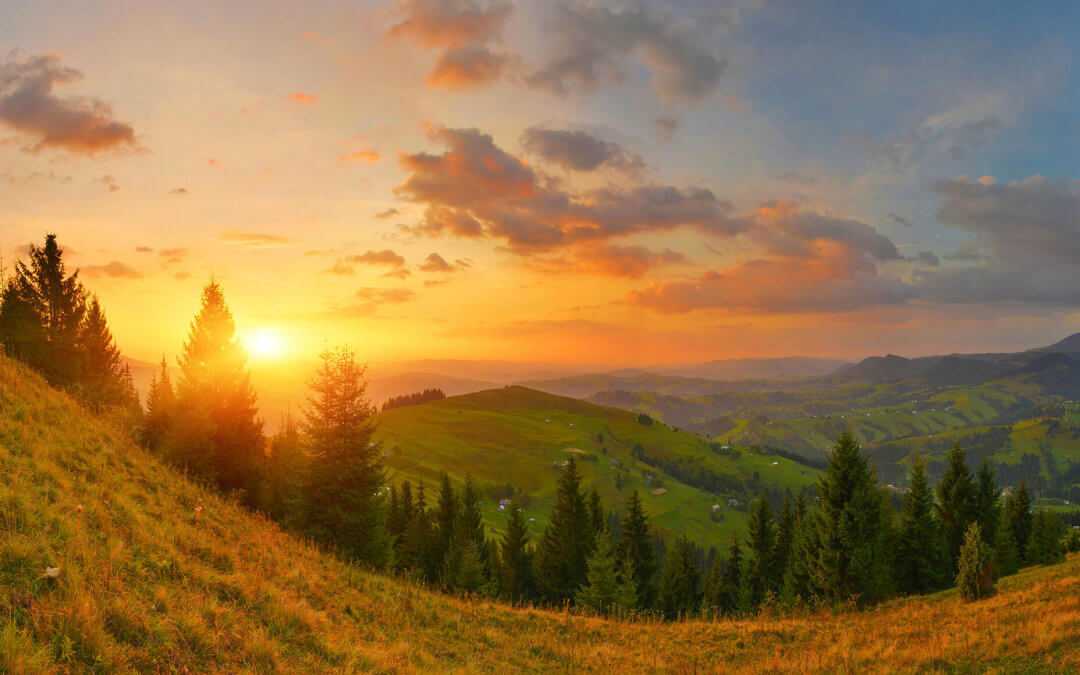Karen Armstrong, the historian of Religion, tells us that the Palaeolithic period (c. 20000 to 8000 BCE) was one of the longest and most formative in the biological evolution of humans. Ethnologists and anthropologists claim that these indigenous people were very aware of a spiritual dimension in their lives and found it very natural to think in terms of myth and symbol.
The experience of the sacred is not as common in our modern culture, but for ancient cultures like the Australian Aborigines, this dimension was more real that the material world. They referred to something called ‘Dreamtime’ which was experienced while asleep and in waking visions. This realm is timeless and ‘everywhen’. The ancestors live in dreamtime and were experienced as powerful presences that taught humans the skills needed for living in a dangerous world. This Dreamtime formed the backdrop for ordinary, everyday life of the early people.
Armstrong argues that in every culture we find the myth of a ‘lost paradise’, in which humans lived in close contact with the divine. People were immortal and lived in harmony with the world around them. At the centre of this world was a tree, a mountain or a pole which joined heaven and earth. People could climb up to the gods through this connection or link. But then catastrophe occurred. The link was broken. The mountain crumbled, the tree was cut down and it became difficult to reach heaven. The purpose of myth for these people was to put them in touch with the spiritual dimension which was a natural part of life.
This story of the golden age was never meant as a literal account of something that happened. It expresses a metaphorical truth that came from the strong sense of the sacred that is natural to the human mind. What’s more, this myth is not just about a longing for something that is lost, but the purpose of it is to show people how to return to this archetypal world – not just in isolated ‘peak experiences’ or visions, but in the regular routine of their daily lives. Everything in the world around was viewed as a potential portal to the divine. The sacred was present in everything in the physical world. Every action they took was a sacrament that connected them to the gods; contemplating an earthly body put you in touch with heavenly realm.
When the early people looked at a rock it was experienced not simply as inert, dead matter, but was animate and alive. It embodied strength and solidity, something we vulnerable humans lacked. The very ‘otherness’ of the rock, made it a mystery and hence, holy. A stone was a hierophany (a revelation of the sacred) in the ancient world.
A tree too for the ancients embodied a presence and qualities lacking in humans. It had the power to renew itself effortlessly and exemplified a miraculous vitality not available to men and women. The waning and waxing of the moon symbolised for these people this regeneration and the sacred powers held in the natural world. The laws of nature were both awe-inspiring and frightening; they evoked a sense of the sublime; they offered consolation but also trepidation. These objects in nature were worshipped and revered because of the essential life force of which they were a manifestation. They were portals into a hidden world, epiphanies and revelations of the secret force that moves all things.

